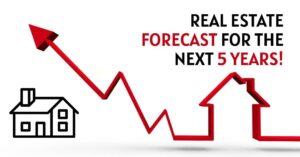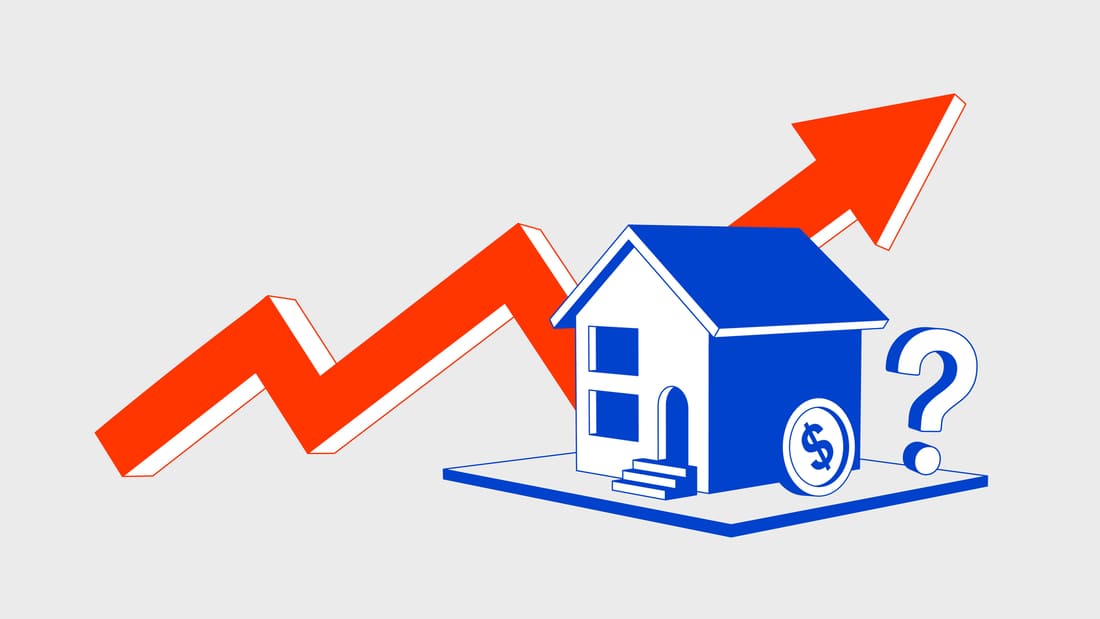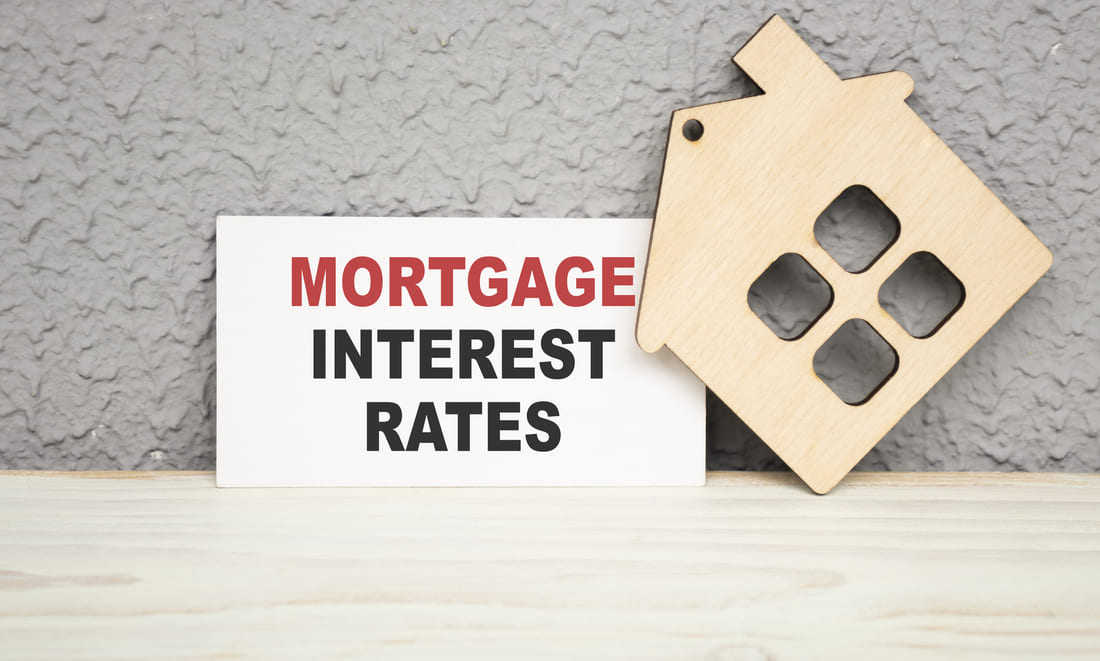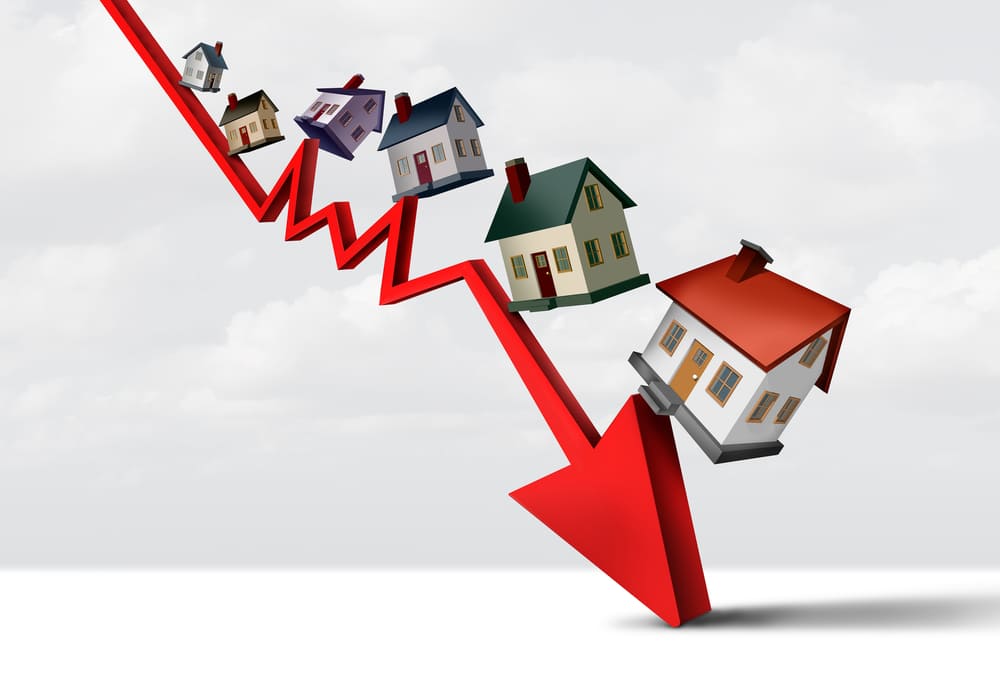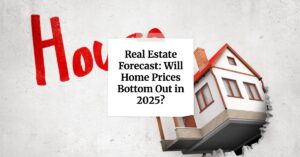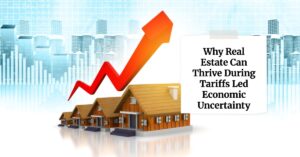The “One Big Beautiful Bill,” having cleared the U.S. House of Representatives on May 22, 2025, is setting the stage for a dramatic reshaping of the American economy, and the real estate market is squarely in its crosshairs. My definitive take, right off the bat, is yes, this bill has the strong potential to significantly transform the real estate market, though the exact nature and extent of that transformation will heavily depend on its journey through the Senate.
Impact of the “One Big Beautiful Bill” on the Housing Market
This isn't just another piece of legislation; it's a comprehensive overhaul touching nearly every corner of the tax code, and its real estate-specific provisions, alongside its broader economic implications, could trigger substantial changes for investors, developers, and homeowners alike.
Now, I know what you might be thinking: another bill, another promise. But this one feels different. It's not just tinkering around the edges; it's a bold attempt to inject new life into the economy by extending key provisions of the 2017 Tax Cuts and Jobs Act (TCJA) and layering in fresh incentives. As someone who's been keeping a close eye on the ebb and flow of the real estate world for years, I see several key areas where this bill could really move the needle.
The Pillars of Potential Transformation
Let's dive into some of the specific parts of the “One Big Beautiful Bill” that I believe could have the most profound impact on the real estate market:
- Keeping the Tax Cuts Rolling: The extension of the TCJA's individual income tax cuts is a big one. If people and businesses have more money in their pockets, it stands to reason that we'll see increased demand across the board, including for housing and commercial spaces. Lower tax rates can fuel economic activity, and a stronger economy is generally good news for real estate values.
- Boosting Business with the QBI Deduction: For those involved in real estate as pass-through entities (think LLCs and partnerships, which are very common in this industry), the proposed increase in the Qualified Business Income (QBI) deduction from 20% to 23% is a significant sweetener. This could lead to considerable tax savings, making real estate investments and businesses even more attractive. I've always believed that incentivizing small businesses is crucial for a healthy real estate market, and this provision seems to be a step in that direction.
- Supercharged Depreciation: The extension of 100% bonus depreciation is another potential game-changer, particularly for commercial real estate. Allowing businesses to deduct the full cost of qualifying property in the year it's placed in service can be a powerful motivator for investment in property improvements and new construction. Imagine the impact on developers if they can immediately write off the full cost of certain new commercial buildings! Plus, the specific 100% depreciation allowance for certain commercial real property through 2030 is a clear signal to encourage development in that sector.
- Protecting Like-Kind Exchanges: The preservation of Section 1031 like-kind exchanges is something I was particularly pleased to see. This provision allows investors to defer capital gains taxes when they exchange one investment property for another “like-kind” property. It's a vital tool for maintaining fluidity in the real estate investment market, allowing investors to reinvest and upgrade their portfolios without immediate tax consequences. Eliminating or restricting this could have really stifled investment activity.
- More Support for Affordable Housing: The modifications to the Low-Income Housing Tax Credit (LIHTC) are a much-needed boost to affordable housing development. Increasing credit allocation, restoring the “9% LIHTC” to previous levels with an added increase, and lowering the bond-financing threshold for the “4% LIHTC” could make a real difference in increasing the supply of affordable housing. Designating Tribal and rural areas as difficult development areas is also a smart move to target underserved communities. As someone who believes everyone deserves access to decent housing, these changes are a positive sign.
- Revitalizing Distressed Areas: The renewal and modification of Qualified Opportunity Zones (QOZ) presents another interesting avenue for transformation. By offering tax benefits for investments in economically distressed areas, the program has the potential to spur revitalization and development in communities that need it most. The second round, with a focus on rural areas and simplified incentives, could attract even more investment and, hopefully, lead to real improvements in local real estate markets.
- Easing the Burden in High-Tax States: The proposed increase in the State and Local Tax (SALT) deduction cap is a significant point, especially for homeowners in states with high property taxes and income taxes. Raising the cap to $30,000 for those earning under $400,000 could ease the financial burden for many and potentially make homeownership more affordable in these areas. However, this provision has been a subject of much debate, and its final form in the Senate could differ.
- Estate Planning and Real Estate: The increase in the lifetime estate and gift tax exemption is primarily aimed at high-net-worth individuals, but it could indirectly influence the high-end real estate market. With a higher exemption, individuals might be more inclined to invest in real estate as part of their estate planning strategies.
- Supporting Rural Communities: The partial tax exclusion for interest income on rural/agricultural real property loans is a welcome provision for those involved in agricultural real estate. By potentially lowering borrowing costs, it could encourage investment and development in rural areas, which are often overlooked.
- Maintaining Mortgage Interest Deduction Limits: The permanent extension of the TCJA limits on the mortgage interest deduction provides continued support for homeownership. While the deduction remains a key benefit, the limits for higher earners might have a slight cooling effect on the luxury housing market.
Beyond the Bricks: Broader Economic Ripples
It's crucial to remember that the real estate market doesn't operate in a vacuum. The “One Big Beautiful Bill's” broader economic implications could have just as significant an impact as the specific real estate provisions. If the bill succeeds in stimulating economic growth, as proponents hope, we could see increased job creation and consumer confidence, which would naturally translate to higher demand for both residential and commercial properties.
Furthermore, the claim of significant deficit reduction could lead to more stable long-term economic conditions, which are generally favorable for real estate investment. However, it's important to acknowledge the concerns raised by organizations like the Tax Foundation regarding certain provisions and their potential impact on fiscal outcomes. Any instability in the broader economy could certainly cast a shadow over the real estate market.
The Road Ahead: Navigating Uncertainty
While the House passage is a major step, the “One Big Beautiful Bill” still faces a potentially challenging journey through the Senate. Significant changes and compromises are entirely possible. Provisions could be altered, new ones could be added, or the bill could even face significant opposition.
As someone deeply invested in the real estate landscape, I'll be watching the Senate deliberations very closely. The final version of this bill could look quite different from what has currently been passed by the House. Real estate professionals, investors, and homeowners need to stay informed and be prepared to adapt to any changes that may come.
My Final Thoughts
The “One Big Beautiful Bill” presents a fascinating and potentially transformative moment for the real estate market. The combination of extended tax cuts, new incentives for businesses and affordable housing, and the preservation of key investment tools like Section 1031 exchanges holds significant promise. However, the uncertainties surrounding its passage through the Senate mean that we need to approach predictions with a degree of caution.
Ultimately, whether this bill truly lives up to its name and delivers a “beautiful” transformation for the real estate market remains to be seen. But one thing is for sure: the coming months will be crucial, and the decisions made in Washington will have a lasting impact on the places we live, work, and invest.
Invest in Real Estate in the Top U.S. Markets
Discover high-quality, ready-to-rent properties designed to deliver consistent returns.
Contact us today to expand your real estate portfolio with confidence.
Contact our investment counselors (No Obligation):
(800) 611-3060
Also Read:
- Real Estate Forecast: Will Home Prices Bottom Out in 2025?
- Housing Markets With the Biggest Decline in Home Prices Since 2024
- Why Real Estate Can Thrive During Tariffs Led Economic Uncertainty
- Rise of AI-Powered Hyperlocal Real Estate Marketing in 2025
- Real Estate Forecast Next 5 Years: Top 5 Predictions for Future
- 5 Hottest Real Estate Markets for Buyers & Investors in 2025
- Will Real Estate Rebound in 2025: Top Predictions by Experts
- Recession in Real Estate: Smart Ways to Profit in a Down Market
- Will There Be a Real Estate Recession in 2025: A Forecast
- Will the Housing Market Crash Due to Looming Recession in 2025?
- 4 States Facing the Major Housing Market Crash or Correction
- New Tariffs Could Trigger Housing Market Slowdown in 2025
- Real Estate Forecast Next 10 Years: Will Prices Skyrocket?




